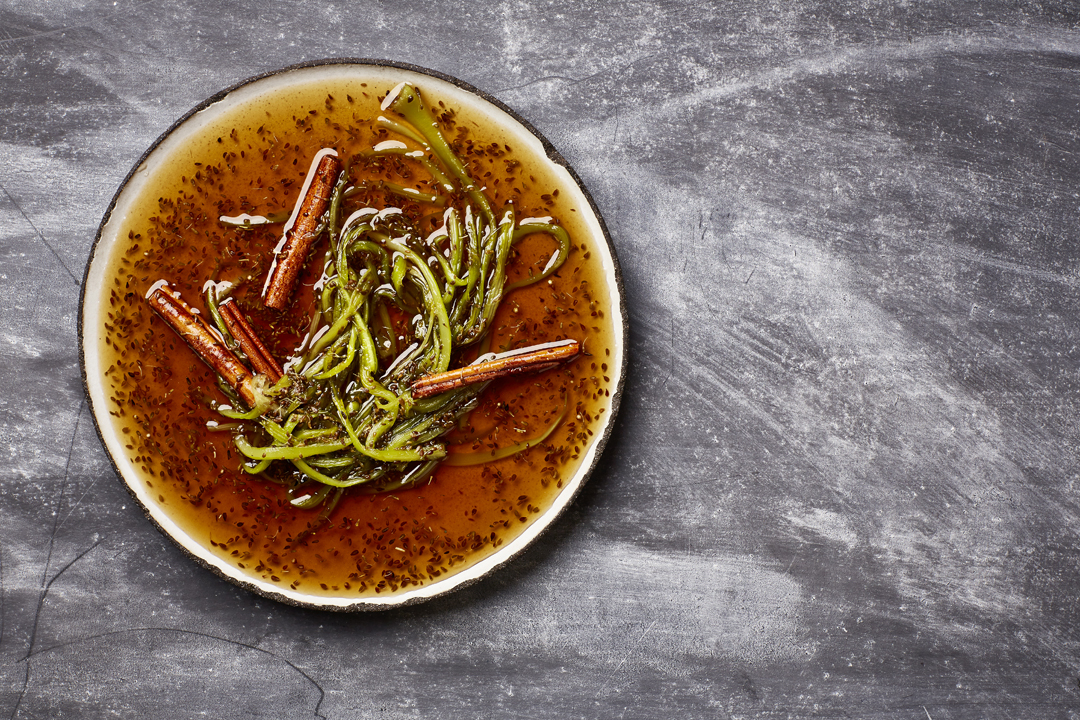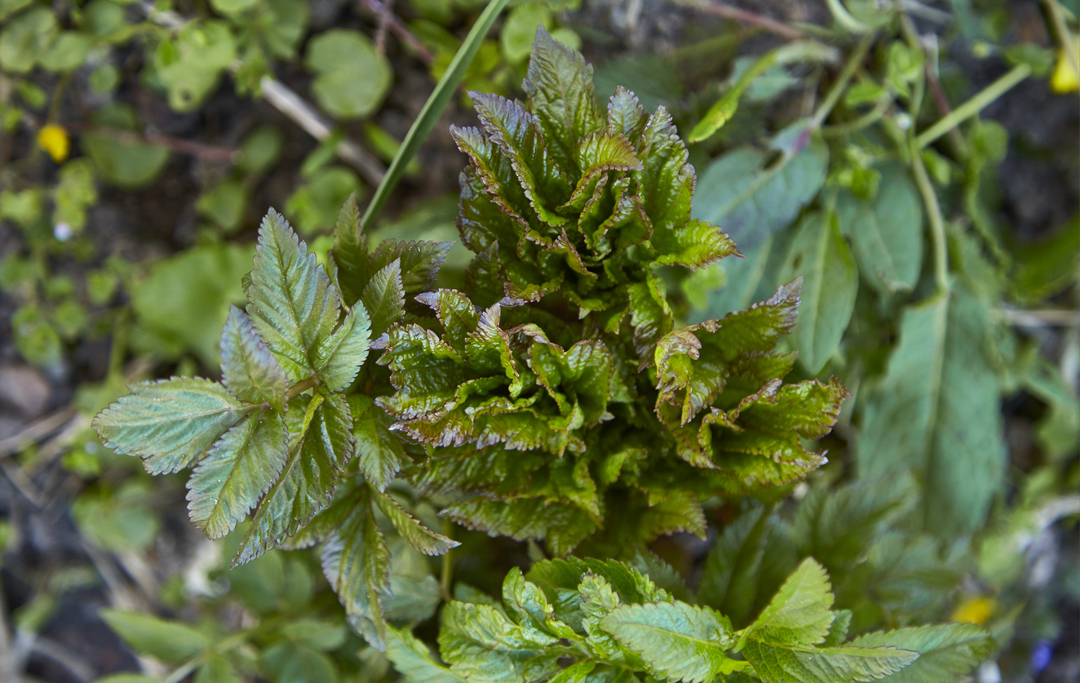
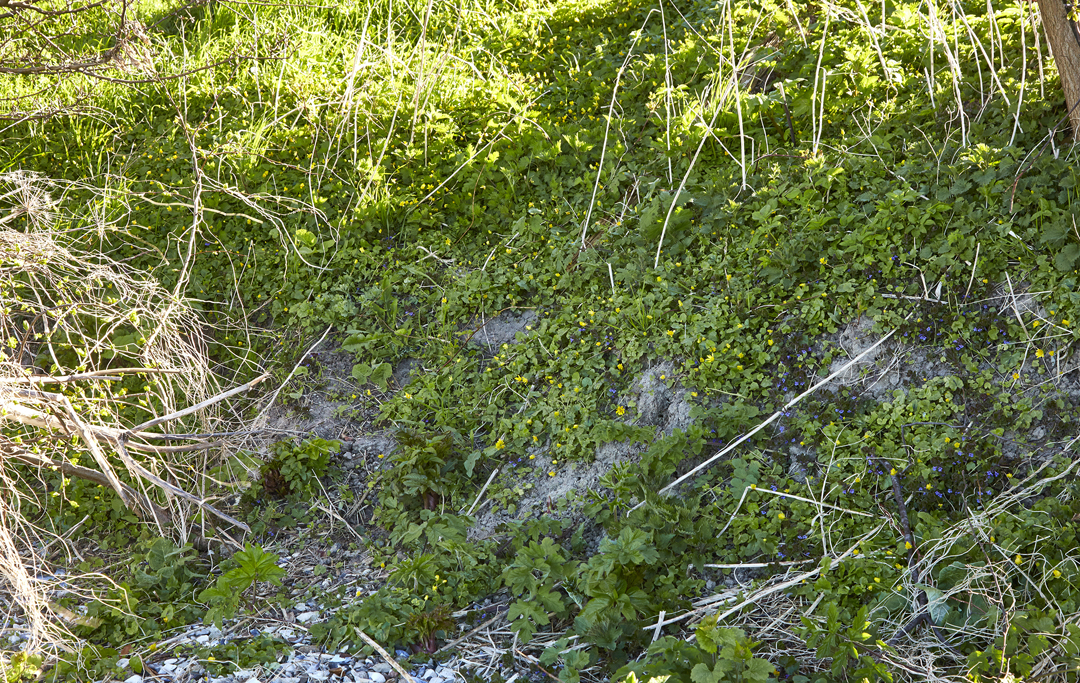
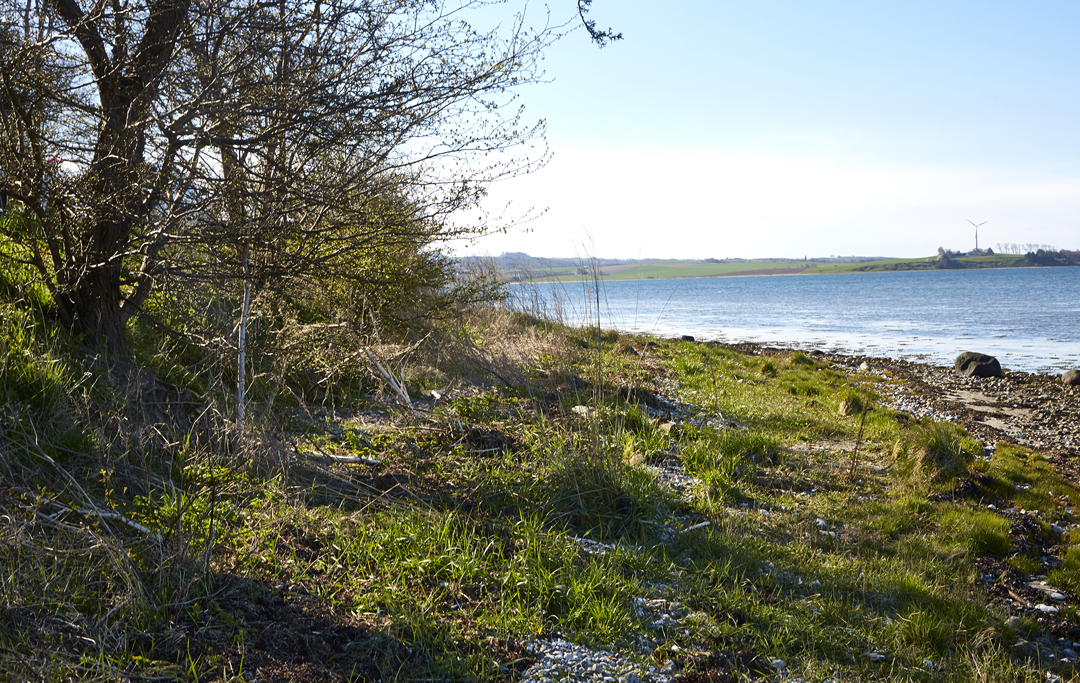
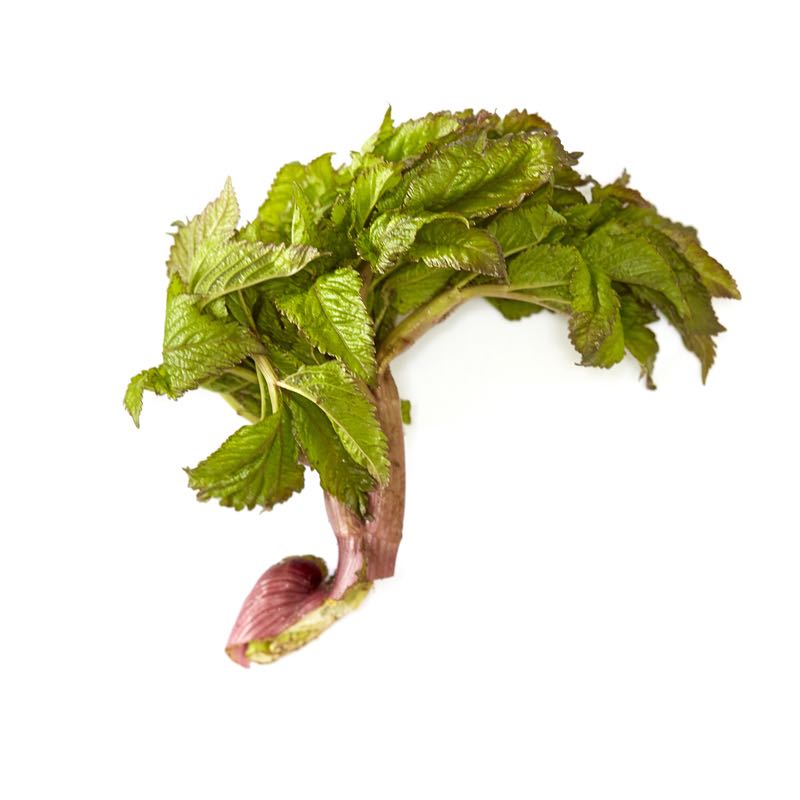
Garden angelica
Garden angelica has been used in Denmark since the Viking Age, when it was eaten on a regular basis. Its flavor is very special and pretty intense.
-
Where to Find It
Garden angelica can be found near beaches in most parts of Denmark, but it's uncommon in northern and western Jutland. It typically thrives in somewhat moist soil near sand dunes where there is some shelter and where tall vegetation can take hold. Look for garden angelica where the grass and thicket begin, and where the plant won’t be too exposed. Garden angelica sometimes grows singly, but you'll typically find it in the company of a few other specimens.
Salt marshes, beaches.
-
When to Find It
You can gather the young shoots and stems from March until May, but you can pick the entire plant until September. Gather the seeds at the end of summer.
Entire plant: March, April, May, June, July, August, September. -
How to Spot It
Garden angelica has a smooth, reddish-green stem that is typically one to two meters tall. The stem can turn completely purple. The plant has serrated, oblong, and egg-shaped leaves that are typically divided into groups of two to three leaflets. Where side shoots split from the main stem, you’ll find what looks like a strong leaf curled around the newer growth. Garden angelica has large, semicircular, pompom-like inflorescences that are made up of many small umbels with bright green flowers. The seeds, which are small and oval-shaped, grow in the same rounded shape.
-
How to Pick It
Gather the leaves, seeds, and stems using a knife or scissors. Never take the whole plant, but spread out your harvesting across several plants. Garden angelica is in the same family as hogweed; if you get its juice on your skin and are then exposed to sunlight, it may cause a rash. Therefore it's a good idea to wear gloves when gathering garden angelica and to be careful when working with it in the kitchen.
-
NB!
The Ministry of Environment and Food of Denmark recommend limited consumption. This is due to the amount of furanocoumarin which cause health concerns.
Seeds: July, August, September.
Risk of misidentifying the plant
Be careful not to mistake other plants for garden angelica when you're out gathering it. Exercise particular caution with hogweed and hemlock. The flowers can be confused with cowbane and hemlock water dropwort.


